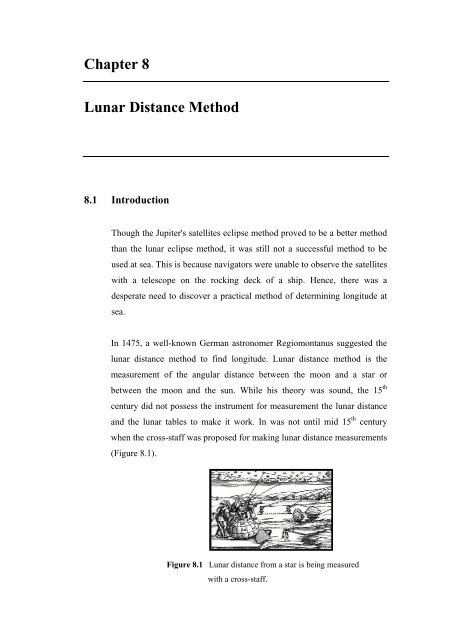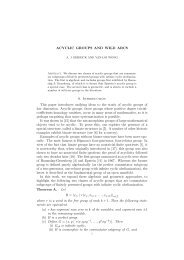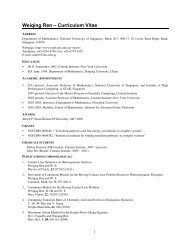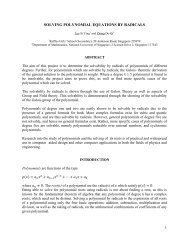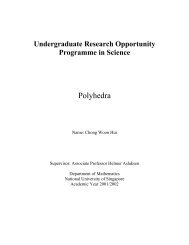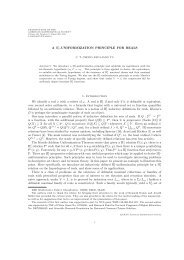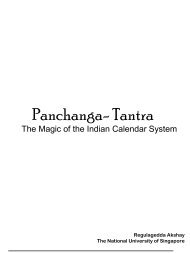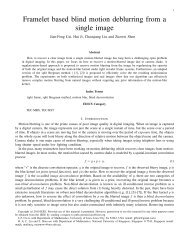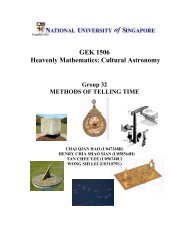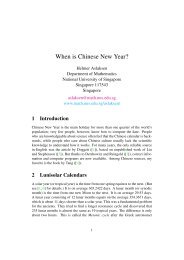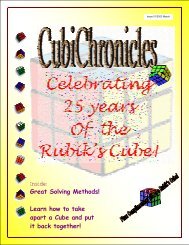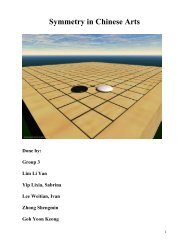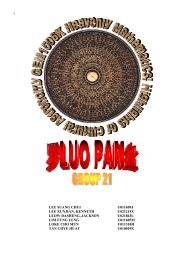The Mathematics of the Longitude - Department of Mathematics
The Mathematics of the Longitude - Department of Mathematics
The Mathematics of the Longitude - Department of Mathematics
Create successful ePaper yourself
Turn your PDF publications into a flip-book with our unique Google optimized e-Paper software.
Chapter 8<br />
Lunar Distance Method<br />
8.1 Introduction<br />
Though<br />
<strong>the</strong> Jupiter's satellites eclipse method proved to be a better method<br />
than <strong>the</strong> lunar eclipse method, it was still not a successful method to be<br />
used at sea. This is because navigators were unable to observe <strong>the</strong> satellites<br />
with a telescope on <strong>the</strong> rocking deck <strong>of</strong> a ship. Hence, <strong>the</strong>re was a<br />
desperate need to discover a practical method <strong>of</strong> determining longitude at<br />
sea.<br />
In 1475, a well-known German astronomer Regiomontanus suggested <strong>the</strong><br />
lunar distance method to find longitude. Lunar distance method is <strong>the</strong><br />
measurement <strong>of</strong> <strong>the</strong> angular distance between <strong>the</strong> moon and a star or<br />
between <strong>the</strong> moon and <strong>the</strong> sun. While his <strong>the</strong>ory was sound, <strong>the</strong> 15 th<br />
century did not possess <strong>the</strong> instrument for measurement <strong>the</strong> lunar distance<br />
and <strong>the</strong> lunar tables to make it work. In was not until mid 15 th century<br />
when <strong>the</strong> cross-staff was proposed for making lunar distance measurements<br />
(Figure 8.1).<br />
Figure 8.1 Lunar distance from a star is being measured<br />
with a cross-staff.


